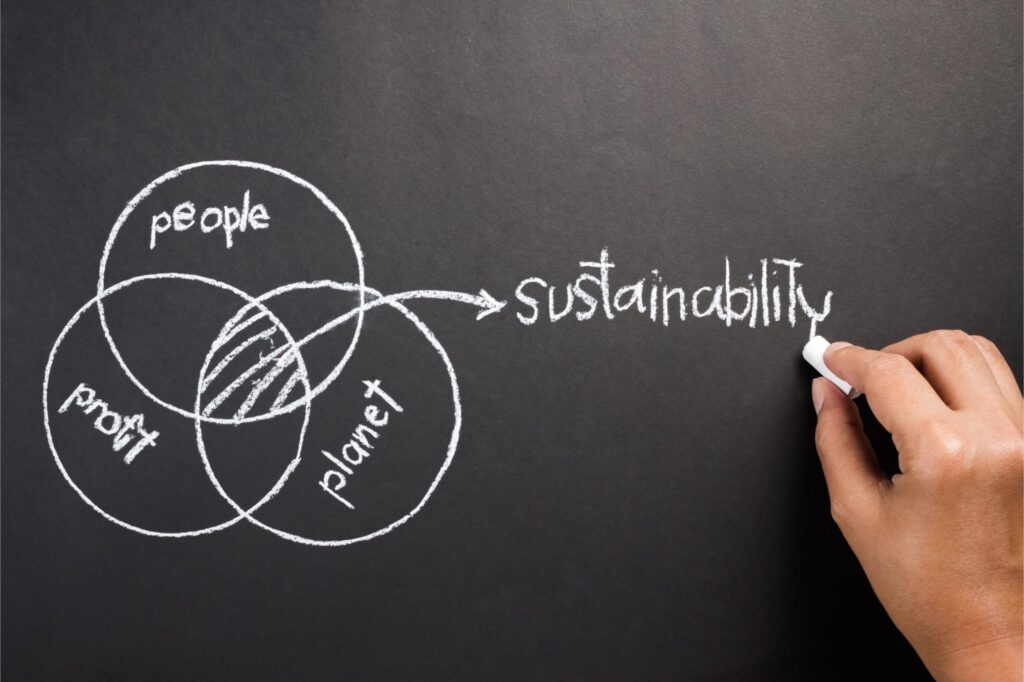Canadian Concrete’s Journey to Net-Zero Carbon
As the world grapples with the challenges of climate change, the construction industry stands at a pivotal crossroads. Concrete, the most used building material globally, embodies both our architectural ambitions and our environmental dilemmas. Recognizing this, the Canadian concrete industry’s commitment to achieving net-zero carbon by 2050, with significant milestones by 2030, marks a watershed moment in our collective journey towards sustainability.

The Path to Low Carbon Concrete: A Collaborative Endeavor
The transition to low carbon concrete is not just a technological challenge; it’s a collaborative endeavor that requires the active participation of all stakeholders in the construction ecosystem. From architects to engineers, contractors to policymakers, every actor plays a vital role in this transformation. Here are some collaborative strategies that echo the sentiments of the original post and offer a roadmap for immediate action:
- Adopting Performance-Based Specifications: Performance and sustainability are not mutually exclusive. By embracing the Canadian Standards Association’s (CSA) Performance-Based Specifications, the industry can ensure that concrete not only meets the highest standards of durability and safety but does so with the lowest possible carbon footprint. This approach encourages innovation and allows for the use of advanced materials and methods that reduce carbon intensity. CSA’s role is critical in standardizing these advancements, ensuring both performance and low carbon development are achieved simultaneously.
- Setting Explicit Carbon Reduction Goals: Carbon reduction must be an integral part of the project goals, communicated clearly through specifications. The ongoing development of Environmental Product Declarations (EPDs) for concrete mixes is a testament to the industry’s commitment to transparency and carbon reduction. These tools empower stakeholders to make informed decisions aligned with environmental objectives.
- Incorporating Low Carbon Raw Materials: Overcoming the limitations of outdated prescriptive specifications is crucial for reducing the carbon intensity of concrete. The adoption of lower carbon raw materials, such as Portland Limestone Cement (Type GUL) and Supplementary Cementing Materials (SCMs), offers immediate carbon savings without compromising performance.
- Emphasizing Quality Control and Assurance: Ensuring proper testing practices and using certified concrete suppliers and testing services are pivotal in preventing over-designed concrete mixes that inadvertently increase carbon emissions. Certification serves as a guarantee of consistent quality and environmental stewardship.
- Exploring Innovative Materials and Methods: The future of low carbon concrete lies in the exploration of innovative admixtures, materials, and carbon technologies. Engaging with industry experts and organizations like Concrete Ontario can unlock new possibilities for achieving low carbon goals without sacrificing performance.

Envisioning a Sustainable Future
The Canadian Cement and Concrete sectors’ partnership with the Government of Canada exemplifies the synergistic approach required to make Canada a global leader in green concrete. This alliance underscores the potential of collective action in driving significant GHG reductions, positioning Canada at the forefront of low-carbon cement and concrete production.
The commitment to low carbon concrete transcends mere regulatory compliance; it represents a paradigm shift towards a more sustainable, resilient, and environmentally responsible construction industry. As we look to the future, the roadmap laid out by industry leaders and the tangible steps available today provide a beacon of hope. Through innovation, collaboration, and unwavering commitment, the dream of a low carbon concrete future is within our grasp, promising a greener, more sustainable world for generations to come.

Keep Ahead with Our Construction Insights
In the fast-paced construction industry, staying updated is crucial. Our newsletter brings you the latest trends, innovative solutions like low carbon concrete, and practical tips right to your inbox. Tailored for both professionals and DIY enthusiasts, it’s your source for valuable insights to enhance your projects.
Subscribe now and ensure you’re always informed and ready to tackle the challenges of modern construction. Let’s build a sustainable future together!









